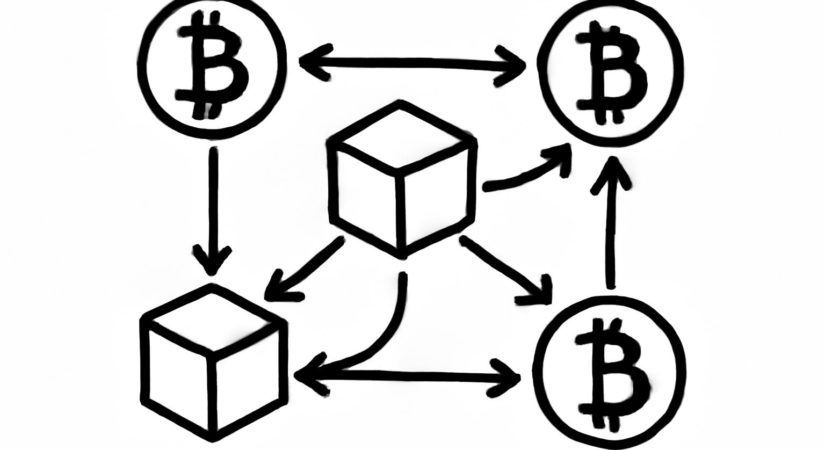Bitcoin’s reputation as a secure store of value is well established, but its financial utility has been limited by network constraints. Recently, decentralized finance (DeFi) applications built around Bitcoin, known as BTCfi, are gaining traction on networks like Sui, Cardano, Aptos, and Solana, aiming to provide Bitcoin holders with expanded use cases beyond holding.
Sui, a layer-1 blockchain developed by Mysten Labs, supports several Bitcoin DeFi integrations, including Wrapped Bitcoin (WBTC), Lombard Finance’s LBTC, and Stacks’ sBTC. These tools enable Bitcoin holders to engage in lending, trading, borrowing, and yield-generating strategies in a decentralized environment.
WBTC, bridged from Ethereum, offers fast DeFi access on Sui, though it relies on centralized custodians. LBTC provides a Bitcoin derivative that supports yield strategies through overcollateralized minting and integration with fixed-income products, reducing dependency on cross-chain bridges.
sBTC, a 1:1 Bitcoin-backed asset on the Stacks layer-2, uses a decentralized multi-signer model to issue tokens without central custodians, preserving Bitcoin’s trust-minimized principles. This allows holders to participate directly in DeFi on Sui with enhanced security and decentralization.
Adeniyi Abiodun, co-founder of Mysten Labs, noted that Bitcoin-related assets now represent over 10% of total value locked on Sui, reflecting a strong demand for Bitcoin utility expansion beyond passive holding. He emphasized that Sui seeks partnerships, including with Babylon, Redstone, Lombard, Cubiest, and SatLayer, to unlock Bitcoin’s full DeFi potential.
Stacks contributor Rena Shah highlighted that the Sui-Stacks integration facilitates DeFi participation for Bitcoin holders without reliance on centralized intermediaries, maintaining Bitcoin’s decentralized ethos.
Other blockchains are also advancing Bitcoin DeFi. Cardano leverages its Extended UTXO model to enable BTC-based lending and staking through projects like BitcoinOS and AnetaBTC. Solana supports wrapped Bitcoin via Ethereum bridges on decentralized exchanges, although with lower liquidity relative to Ethereum assets.
Sui distinguishes itself by combining custodial bridges, synthetic derivatives, and trust-minimized Bitcoin assets in a unified platform. Aptos, a related Move-language blockchain, focuses on yield-driven BTC DeFi through connections like xBTC and the B≤ Network, emphasizing lending and staking opportunities.
Despite Bitcoin’s limited native smart contract support, initiatives like Ordinals and BitVM are expanding its programmability. Sui recently announced a partnership with Bitlayer to launch the first trust-minimized BitVM bridge, signaling ongoing innovation in Bitcoin DeFi.
As BTCfi evolves, Sui considers it a strategic priority, aiming to provide Bitcoin holders with more active financial use cases while preserving decentralization and security.
